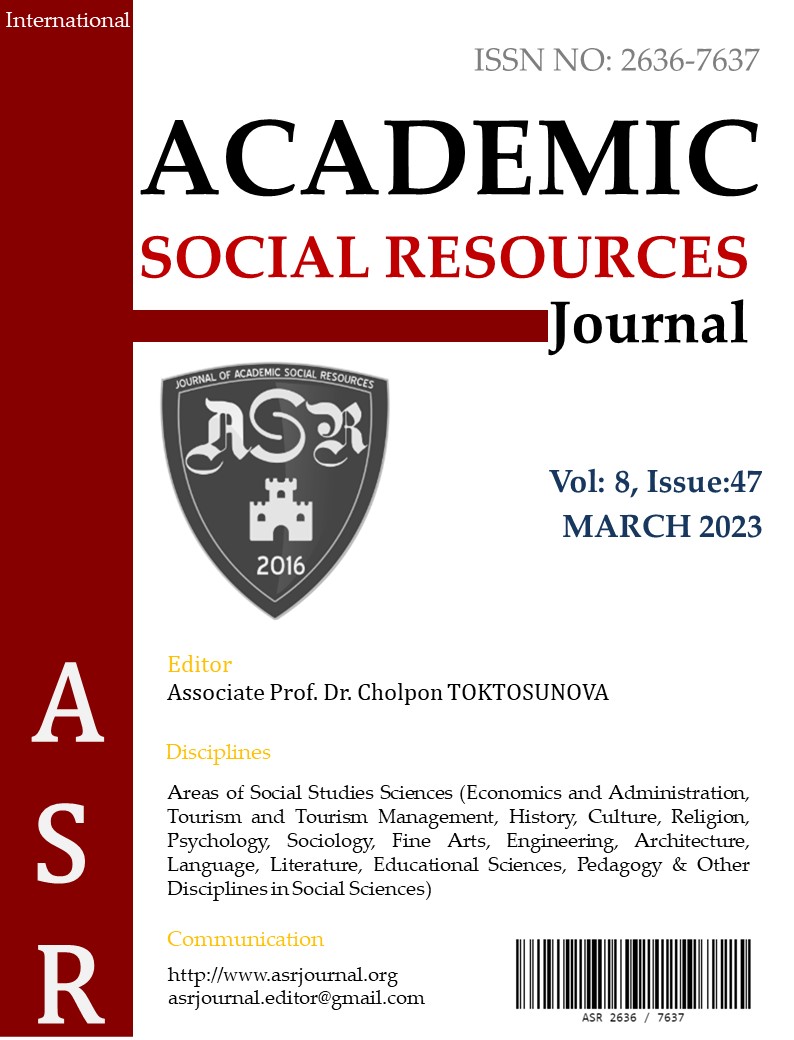Author :
Abstract
Duvar karosu, tarihsel süreçte farklı kültür ve coğrafyalarda kullanılmış, teknik ve üslup açısından çeşitlilik göstermiştir. Portekiz duvar karosu olarak bilinen geleneksel azulejolar, çağdaş uygulamalarla da gelişme göstermiş ve seçkin örnekler oluşturmuştur. Kültürel miras kapsamında azulejolar, oluşturulan toplumsal bilinç ve farkındalıklar ekseninde Portekiz kimliğinin tanınmasında önemli bir sanatsal ifadeye dönüşmüştür. Bu yaklaşım sayesinde halka açık yerlerde azulejo kullanımlı projelere önem verilmiş ve özellikle metro istasyonları bu açıdan ayrıcalıklı alanlar olmuştur. Yer altı yapısı ile kapalı ve kasvetli bir ortama sahip olduğu düşünülen metroların kullanımının cazip kılınması, yolculukların özendirilmesi, Lizbon metro istasyonlarında azulejolar ile oluşturulmuş sanatsal yaklaşımlarla sağlanmıştır. Azulejo eserlerinin metro ağında sistematik olarak sergilenmesi ile Lizbon Metrosu, geniş bir kitle tarafından ziyaret edilen, devasa bir çağdaş sanat galerisi konumuna ulaşmıştır.
Bu çalışma, Lizbon Metrosu’nun kurulduğu tarihten günümüze kadar geçen sürede, sanat ile ilişkisi üzerine biçimlenmiştir. Sanatsal ifadenin mevcut kültürel yaklaşımla nasıl sağlandığı ve seramik bir kaplama malzemesi olarak azulejoların bu sanatsal ifadede önemi üzerine durulmuştur. Ayrıca metro istasyonlarında kullanılan azulejoların sanatsal özelliklerinin yanında dokusal, biçimsel ve fiziksel özelliklerinin mekâna katkısı değerlendirilmiştir. Halkın toplu taşıma ağında önemli bir yere sahip olan Lizbon metrosunun, Portekiz kimliğini oluşturan azulejolar ile ilişkisi ortaya konmuştur. Sanatsal ve kültürel önemi doğrultusunda azulejoların Lizbon Metrosu’nda kullanımı, sanatçılar ve eserleri ile açıklanmıştır. Lizbon Metrosu’nun sanatsal sponsorlukları ve uluslararası sanatsal çalışmaları yine bu kapsamda değerlendirilmiştir.
Keywords
Abstract
Wall tiles have been used in different cultures and geographies in the historical process and have shown diversity in terms of technique and style. Traditional azulejos, known as Portuguese wall tiles, have also developed with contemporary applications and have created outstanding examples. Azulejos, within the scope of cultural heritage, have become an important artistic expression in the recognition of Portuguese identity in the axis of social consciousness and awareness. Thanks to this approach, importance has been given to azulejo-used projects in public places, and especially metro stations have created privileged areas in this respect. Making the use of the metros, which are considered to have a closed and gloomy environment due to their underground structure, more attractive, encouraging the use of the metro, is provided with artistic approaches created with azulejos in the Lisbon metro stations. With the systematic exhibition of Azulejo's works on the metro network, the Lisbon Metro has become a huge contemporary art gallery visited by a large audience, unlike traditional art exhibition venues. With the systematic exhibition of azulejo works on the metro network, the Lisbon Metro has become a huge contemporary art gallery visited by a large audience.
This study has been shaped by its relationship with art, from the date of the Lisbon Metro establishment to the present day. How artistic expression is achieved through the current cultural approach and the importance of azulejos as a ceramic coating material in this artistic expression are emphasized. In addition to the artistic features of the azulejos used at metro stations, the contribution of their textural, formal, and physical features to the place has been evaluated. The relationship between the Lisbon Metro, which has an important place in the public transportation network of the people, and the azulejos that constitute the Portuguese identity has been revealed. In line with their artistic and cultural importance, the use of azulejo in the Lisbon Metro has been explained with the artists and their works. The Lisbon Metro's artistic sponsorships and international artistic works have been also evaluated in this context.





